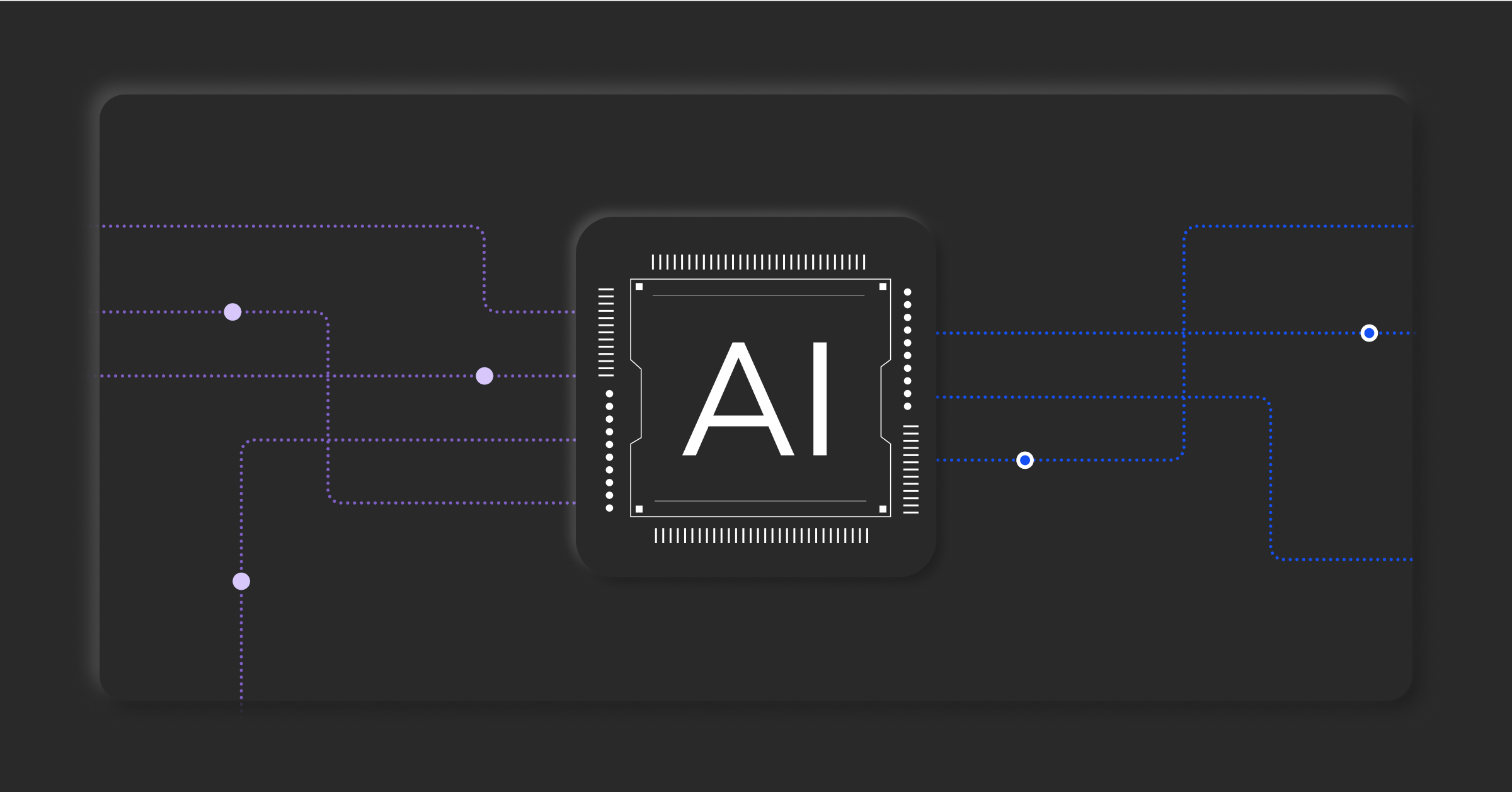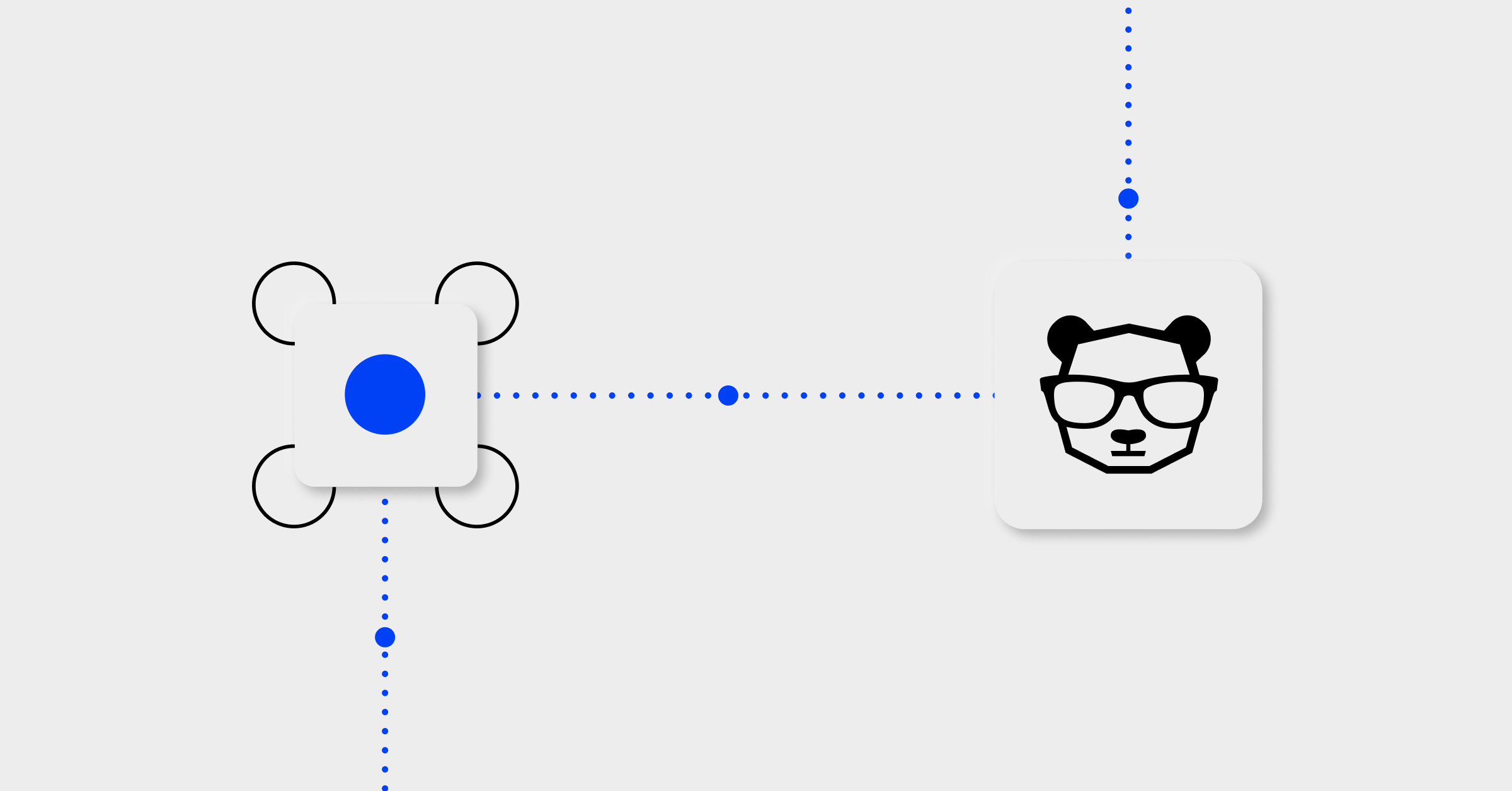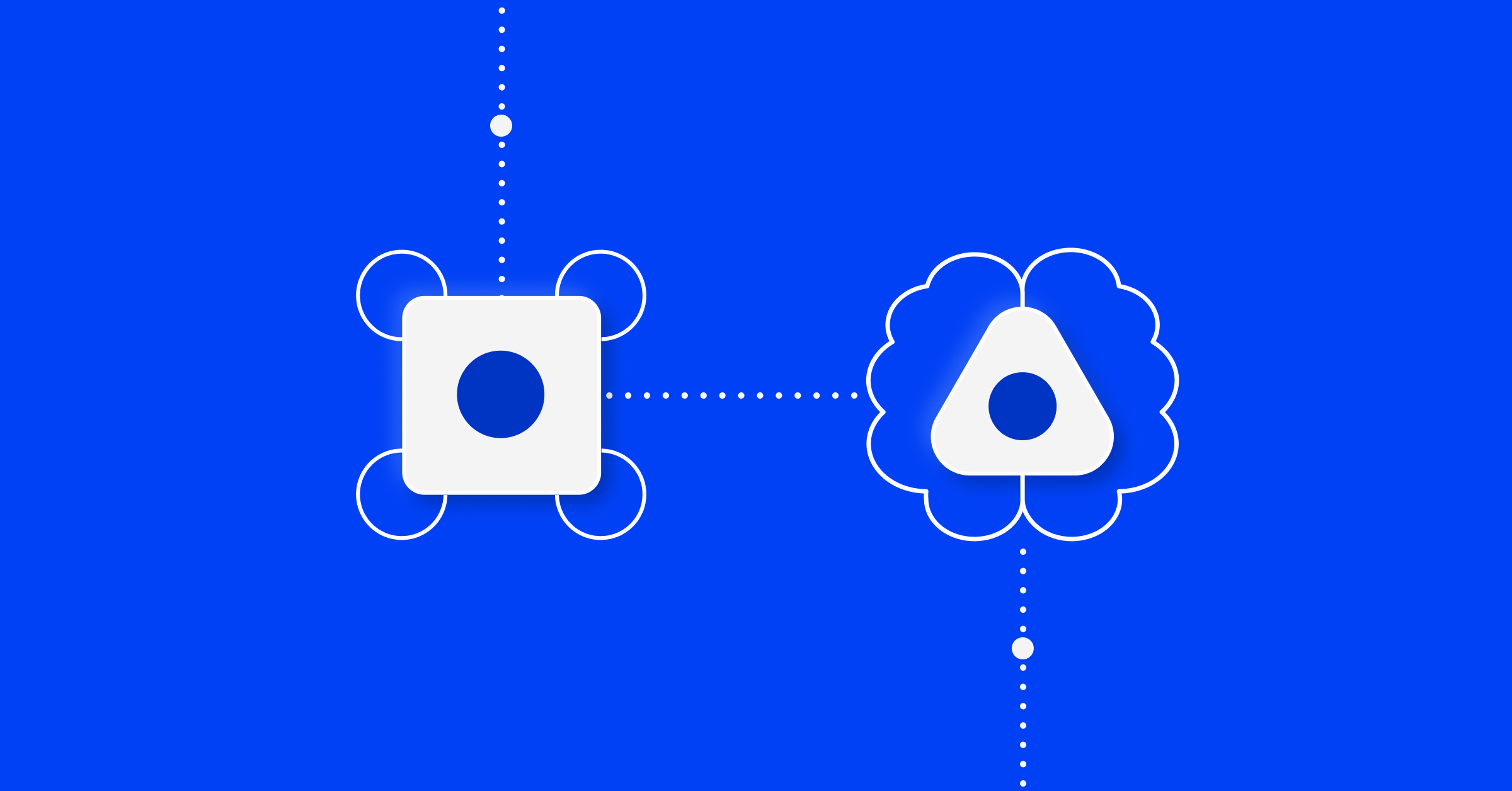How AIOps overcomes fragmented IT tools, teams, and processes

Fragmented tools, teams, and processes are more than an inconvenience in IT Operations. They are major bottlenecks that hinder collaboration, slow down incident resolution, and jeopardize customer experiences. In a recent webinar, Adam Blau, VP of Product Marketing at BigPanda, and Britton Starr, a Technical Account Manager, shared their insights into the operational chaos plaguing modern enterprises. They also discussed how to put the tools, people, processes, and strategies in place to combat this chaos and deliver efficient and effective IT operations.
Fragmentation: The real Slimer in your operations
Drawing inspiration from Ghostbusters, Blau and Starr framed the discussion around the haunting presence of fragmentation in enterprise IT operations. Fragmentation hampers agility and scalability as IT environments increase in complexity, especially with cloud and hybrid infrastructures. Organizations with disparate tools, systems, and teams often struggle to maintain visibility and control across their IT environments.
Most enterprises adopt multiple observability and monitoring tools in response to the challenge of gaining visibility across increasingly complex IT infrastructures. While observability is crucial for understanding system health, it is insufficient for effective IT management. No single tool provides comprehensive visibility across the entire technology stack. As a result, teams have to manually manage multiple dashboards to understand what’s happening in their environment.
“When enterprises have multiple monitoring and observability tools, it makes it difficult to centralize data and identify important alerts,” said Blau. “Simply giving operators more data to sift through isn’t the answer; they need access to the right data, presented in context.”
In short, fragmented tools and data are only part of the problem; the real pain point lies in collaboration. A recent survey by Enterprise Management Associates (EMA) revealed that the most significant barrier to effective incident response and management isn’t a lack of detection, but waiting for information. More than 70% of respondents stated that they wasted at least a quarter of their incident response time waiting for data or access to domain experts.
These delays stem from siloed teams, inconsistent tools, and a lack of centralized visibility. Each team works within its own ecosystem, whether it’s the Network Operations Center (NOC), DevOps, SREs, or the service desk. While these teams aim to resolve incidents efficiently, fragmentation makes collaboration slow, reactive, and costly.
A typical enterprise IT environment poses significant challenges for the teams responsible for managing it, such as:
- Inundating NOC teams with alerts from various systems, some of which they can access, others they can’t.
- Forcing Service Desks to rely on runbooks and SOPs, often without complete access to change data or topology maps.
- Relying on Application and Service Teams, which may operate in isolation but still depend on shared infrastructure.
This disjointed structure results in slow triage, finger-pointing, and the infamous “bridge call from hell,” with 40+ people trying to untangle a mess.
Taming the chaos: How AIOps unifies fragmented IT Operations
So, how do you bring order to this chaos? Enter AI-powered IT Operations (AIOps). AIOps allows enterprises to connect fragmented data, workflows, and teams in real time, eliminating blind spots, fostering collaboration, and enabling proactive incident resolution and more efficient operations.
“AIOps makes it possible for different teams to work within a shared context,” the EMA report emphasizes. “An integrated view of the elements and impacts that matter enables specialization without silos.”
AIOps platforms provide essential context by converting siloed data into actionable insights through capabilities such as:
- Data ingestion and enrichment: AIOps platforms can ingest raw alert data from various sources, aggregate and normalize it, and enrich it with contextual information like application names, server locations, and service impact. This context ensures that alerts are actionable and includes comprehensive details that help identify and resolve incidents more efficiently.
- AI-powered event correlation: BigPanda automatically consolidates related alerts into a single incident, reducing noise and enabling faster triage. Our customers often reduce alert noise by 80% within eight weeks of implementation and frequently exceed 90% or more over time.
- Comprehensive visibility: BigPanda seamlessly integrates with ITSM tools like ServiceNow, providing incident responders with the full context of issues from the start to facilitate proactive resolution and prevent costly escalations.
These capabilities facilitate collaboration, knowledge sharing, and collective decision-making among teams during incident management and resolution. Giving your teams a common platform where they can assign tasks, share notes, and update incident status within a single interface streamlines workflows, ensures alignment, and reduces MTTR. AIOps platforms use generative AI capabilities to automate and streamline incident management workflows, reducing your teams’ workload and allowing them to focus on resolving high-priority issues rather than sifting through irrelevant alerts.
A real-world example of AIOps transformation
Starr shared an AIOps success story from his career, drawn from his previous experience standing up a centralized IT operations team within a large organization. The initiative began after a newly appointed CTO witnessed a string of costly outages. After quantifying the financial impact of prolonged incident calls and realizing that every minute costs the business significantly, the CTO started an initiative to unify IT monitoring under a single, centralized operations group.
“The new team was tasked with multiple critical responsibilities, including providing unified operations, increasing system visibility, and reducing the severity of outages and the time to detect them,” said Starr. “Anyone who’s been in IT operations knows how daunting those challenges can be with fragmented tools and siloed teams.”
The goal was ambitious: create a team that could monitor all systems enterprise-wide, detect outages faster, reduce their impact, and free up more experienced experts to focus on innovation. Over a month, Starr and his team met with more than a dozen departments to understand their tools, processes, and challenges. They found that every team had its own monitoring stack, unique processes, and varying willingness to collaborate. Some were eager to engage, while others were more guarded, concerned about exposure, skeptical of change, or didn’t believe they needed help.
During these interviews, the network team stood out as exemplifying the issues that plague modern IT departments. Network alerts were either catastrophic or maddeningly intermittent. The team used multiple tools, generating floods of low-context alerts that overwhelmed on-call staff. During major issues, alerts were cryptic, repetitive, and lacked clarity. These problems allowed BigPanda to become a catalyst for fundamental transformation.
From random noise to actionable insights
Starr’s breakthrough came through the clever use of device naming conventions. By standardizing names using structured fields (like type, location, environment), he created a RegEx-based schema that BigPanda could parse for enrichment and correlation.
With this schema in place, BigPanda could create context-rich alerts that made life easier for the NOC and on-call network engineers. The platform’s advanced alert enrichment capabilities transformed dozens of low-quality alerts into unified, high-quality, actionable events. Instead of vague alerts buried in email inboxes, BigPanda gave responders all the information they needed to understand what happened, why, and what to do next. Having this context at their fingertips saved responders’ time and eliminated unnecessary cross-functional troubleshooting.
From alerts to actions with functional automation
Beyond enrichment, BigPanda Environments and AutoShare laid the groundwork for incident management workflow automation.
- Environments filter incidents based on location, application, and severity, making it easy to prioritize critical incidents.
- AutoShare triggers automated actions, such as paging on-call staff or opening ServiceNow tickets, notifying the right people without human intervention.
These capabilities drastically improved incident response. Responders were no longer overwhelmed by noise and could trust that the notifications they received were critically important.
Starr emphasized that the flexibility of BigPanda allowed his team to meet the varied requirements of each department. They built trust and drove change by listening to the customer, co-designing lightweight processes, and using the platform’s enrichment and correlation capabilities.
BigPanda provided a platform for building value. With correlated, actionable alerts delivered to the right teams at the right time, the centralized operations group transformed from a cost center into a critical enabler of uptime and operational efficiency.
GenAI and the future of ITOps
As IT environments grow more complex, fragmented, and fast-moving, the application of generative AI in IT operations is rapidly becoming a necessity. AIOps platforms, or Event Intelligence Solutions (EISs), have become vital intelligence layers that turn fragmented tools, teams, and data into decisive actions.
Blau closed the webinar with a compelling vision of using enriched, contextual data from platforms like BigPanda to fuel AI-powered automation for incident detection, triage, diagnosis, and resolution. With access to correlated incidents, operational runbooks, historical data, and even informal institutional knowledge, GenAI can now assist teams by:
- Predicting the likely root cause of incidents based on recurring patterns.
- Recommending the next best actions or escalation paths.
- Providing real-time incident summaries that include remediation steps, assigned teams, root cause, and historical incidents with solutions.
- Offering contextual explanations and updates through collaboration tools like Slack or Teams.
GenAI is becoming the ultimate ITOps teammate: never tired, always learning, and available instantly across tools and channels. The goal isn’t just reducing MTTR and alert noise. It’s a smarter, more proactive approach to incident management that maximizes the business impact of ITOps while elevating the roles of human operators. And with the right platform and strategy, the future of autonomous, AI-assisted ITOps is already within reach.
If you’re tired of the chaos, it’s time to say goodbye to fragmented ITOps. To learn more, check out the full on-demand webinar, Challenged by Fragmented IT Tools, Teams, and ITSM Processes – Who You Gonna Call?



